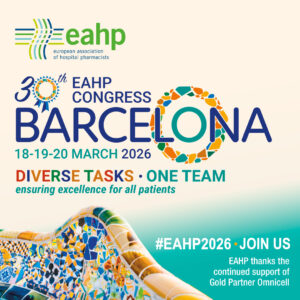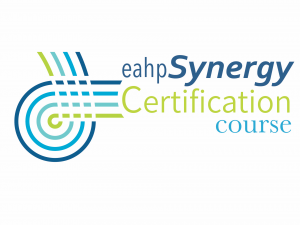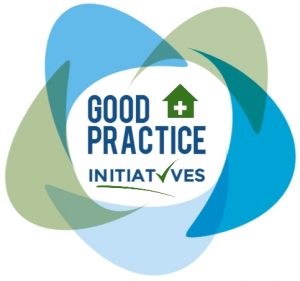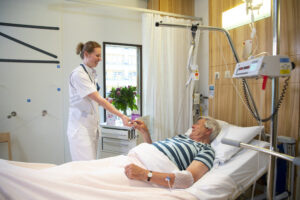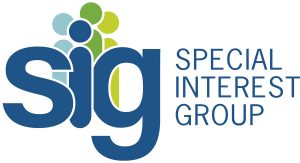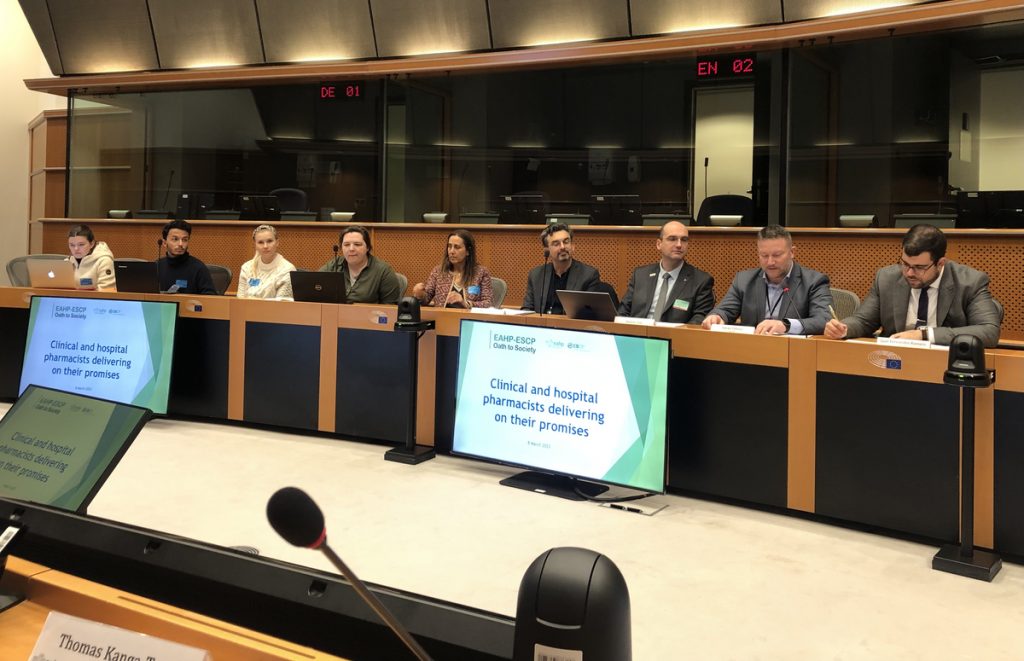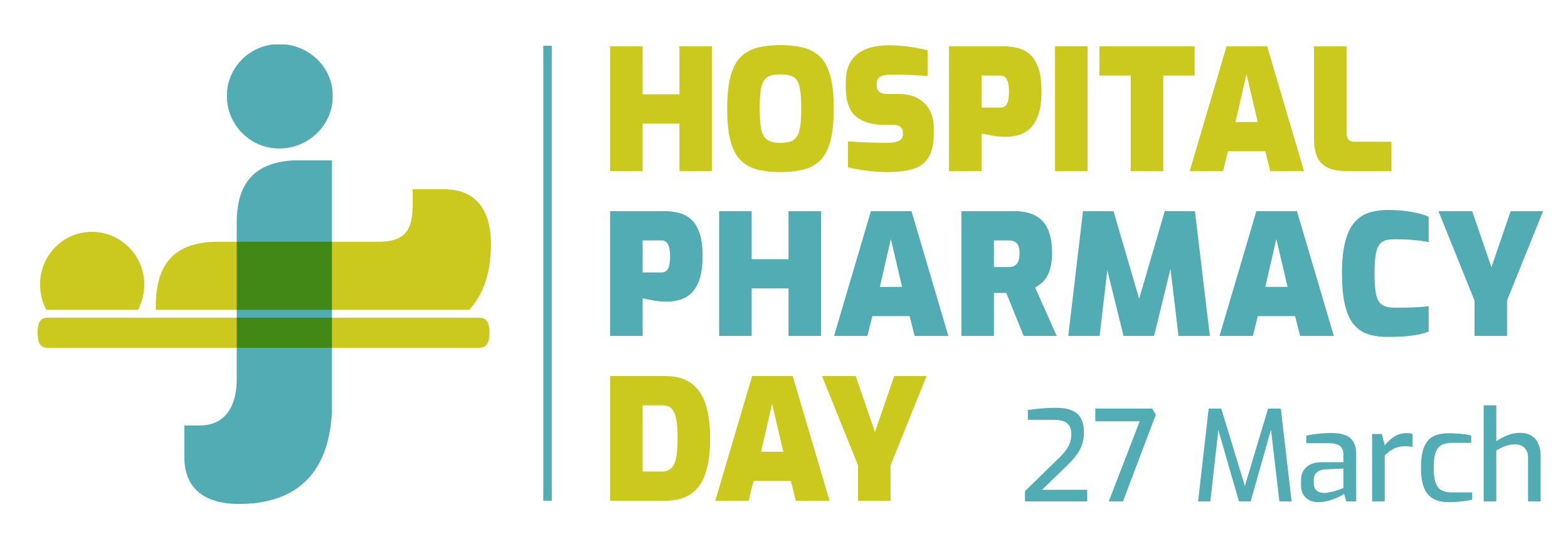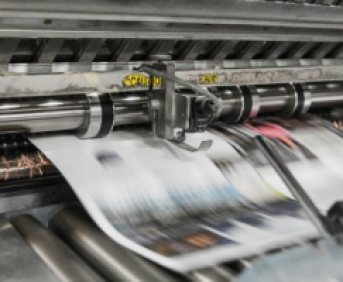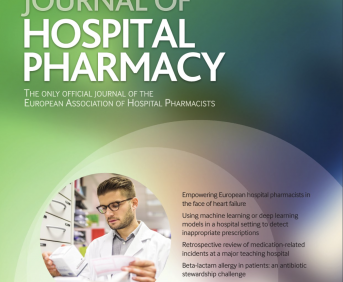ENHANCING MEDICATION SAFETY BY IMPLEMENTING AND IMPROVING THE USE OF A SMART PUMP DRUG LIBRARY IN A TERTIARY HOSPITAL (submitted in 2019)
European Statement
Patient Safety and Quality Assurance
Author(s)
Mohammed Almeziny, Maha Aljuhanei , Fahad Alkharji
Why was it done?
Smart infusion pumps have been introduced to prevent medication errors and they have been widely adopted by healthcare. They incorporate safeguards such as soft and hard dosage limits.
What was done?
A smart pump was implemented in a tertiary hospital.
How was it done?
A task group was formulated from all involved parties to cover all issues related to practice, and it involved nursing and pharmacy staff to overcome all obstacles that may face the project; in addition the information technology (IT) department was involved to determine the facilitation of all technical issues. At the beginning the group faced two main barriers: creating the initial drug library which was a significant amount of work for the pharmacy, then uploading the drug library. In addition, all these works were to be carried out manually by the medical engineering. The quantitative data available from the smart pump software were used to improve drug library use. The team started to collect feedback from and communicate feedback to direct care nurses about drug library usage via e-mail, staff meetings, a “whatsapp” group and one-on-one conversations. This included asking nurses why the drug library was not being used regularly. The most frequent responses included “The pump is hard to use,” “The list doesn’t have the medications I need and, “It’s just easier to use the rate-based programming feature”.
What has been achieved?
The pump library usage percentage for total infusions was raised from a baseline of 2.85% to 30.97% in the first week. After careful review by the nursing, pharmacy, and medical leadership, some changes to the library were made. These included standardising drug concentrations in the pump library and providing ongoing staff education as well as implementing the best practices cited in the ISMP’s guidelines for the use of smart pumps; and running daily usage and weekly soft limit override reports from the pump library. Furthermore, a new category, “feeding”, was added to pump library; finally all medications and plain fluids were added to the pump library.
What next?
A Bar-Code Medication Administration System is needed (BCMA), to ensure the right patient gets the correct drug, dose and route at the right time.





